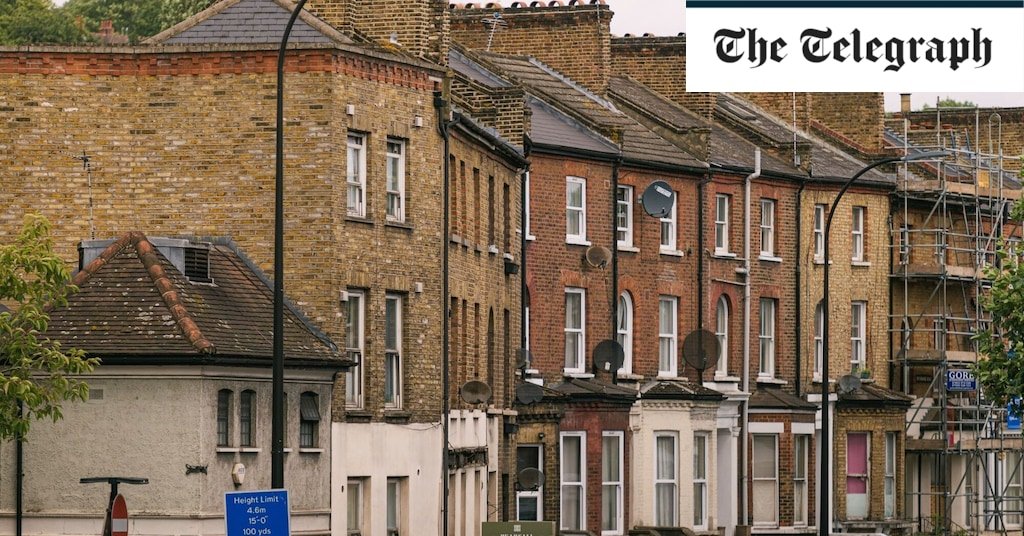Families with mortgages suffered a bigger rise in living costs than any other type of household in Britain in the past 12 months amid sustained high interest rates.
Living costs for mortgagors rose by 3.7pc in the year to June, the Office for National Statistics said, compared to 2.5pc for all households overall.
Those who own their homes outright saw living costs increase by just 1.3pc over the year.
Private renters’ living costs increased by 3.2pc, compared with 1.9pc for social renters.
Inflation has fallen for all types of household, the ONS said, meaning prices are still rising, but at a slowing pace.
A year ago, living costs were up by almost 10pc for all households. At that point, in June 2023, those with mortgages also felt the biggest increase, with an inflation rate of 11.1pc.
It came after the Bank of England increased interest rates from a record low of 0.1pc in the pandemic to 5.25pc last August.
The Monetary Policy Committee, led by Andrew Bailey, the Bank’s Governor, cut its base rate to 5pc this month.
The average interest rate on a new mortgage in June was 4.82pc, according to the Bank, up from 1.5pc before it started raising rates.
Over the same period the average mortgage payment rose from £718 per month to £942, according to ONS analysis of direct debit data.
Retired households’ living costs rose by an average of 1.2pc, compared to 2.9pc for those who are not retired.

